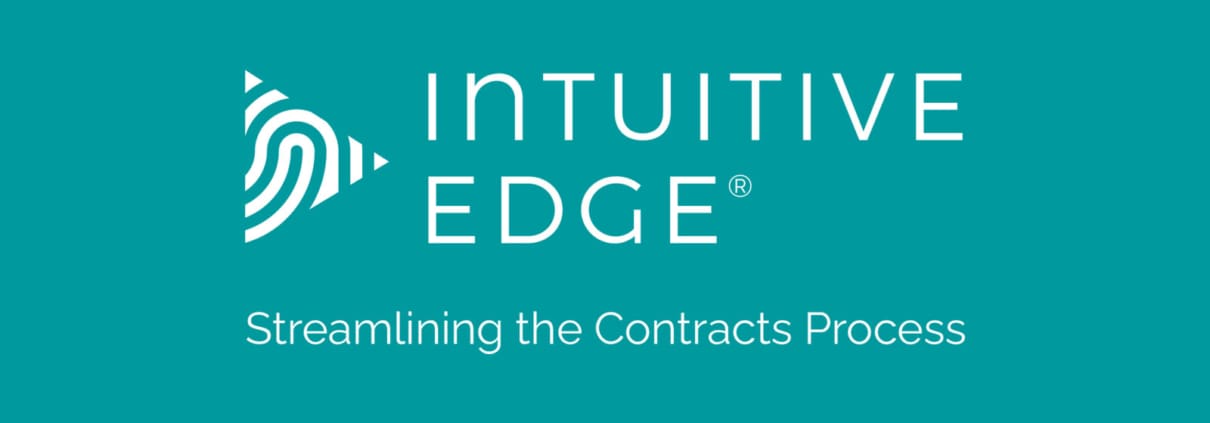Establishing a Central Source of Truth for Contract Management During M&A

In any merger, acquisition, or divestiture, transitioning contracts is one of the most complex yet critical tasks. With multiple parties involved—consulting firms, legal teams, divestiture and integration teams, and internal stakeholders—the process can quickly become chaotic. Each group often maintains its own contract lists, names documents differently, and uses inconsistent data formats. The result? Confusion, duplication of work, missed obligations, and potential value erosion.
The solution lies in creating a central source of truth—a single, standardized repository and process for managing contracts across all parties. This article explores why consistency is vital during contract transitions, how to establish a central source of truth, and the tangible value this brings to M&A success.
The Problem: Inconsistent and Fragmented Contract Management
During M&A transitions, contracts must be reviewed, tracked, and assigned across numerous teams and stakeholders. Yet without a standardized process:
- Multiple Lists Exist: Law firms, consultants, and internal teams each maintain their own lists, which often overlap or conflict.
- Inconsistent Naming Conventions: Contracts and entities may be labeled differently depending on the team (e.g., “Supplier Agreement 1” vs. “Vendor_Contract_ABC”).
- Data Silos: Important contract details—such as obligations, renewals, or liabilities—are scattered, making it difficult to see the full picture.
- Risk of Missed Deadlines: Mismanagement can lead to missed critical milestones, like renegotiations, expirations, or compliance deadlines.
The result is inefficiency, confusion, and a real risk of missed value in the deal.
What is a Central Source of Truth?
A central source of truth is a unified system or repository where all contracts are stored, tracked, and managed using consistent standards. This includes:
- A Master Contract List: One list that consolidates all contracts with standardized naming and data fields.
- Clear Ownership: Defined roles for who maintains and updates the master list.
- Integrated Tracking: All parties reference the same source to track obligations, deadlines, and status updates.
It serves as a single reference point for all stakeholders, ensuring clarity and consistency throughout the transition process.
Steps to Establish a Central Source of Truth
Engage All Stakeholders Early
- Bring consulting firms, legal teams, and internal divestiture/integration teams together.
- Align on the need for a single, standardized repository.
Define Consistent Naming Conventions
- Create a uniform way to name contracts (e.g., “[Entity][Contract Type][ID]”).
- Ensure everyone adopts the same structure to avoid duplication or confusion.
Consolidate All Contract Data
- Merge existing lists and databases into a master contract list.
- Identify key fields to track: contract name, owner, counterparty, renewal dates, obligations, and risks.
Select the Right (interim) Technology
- Use contract lifecycle management (CLM) software, project management tools, or even a secure central spreadsheet as the repository.
- Ensure it is accessible and editable by authorized stakeholders in real time.
Assign Clear Ownership and Accountability
- Designate a team or individual responsible for maintaining the master list.
- Implement processes for updates and periodic reviews.
Communicate and Train
- Train all teams on the new process, emphasizing the importance of consistency.
- Set up regular touchpoints to resolve any issues and ensure compliance.
The Value of a Central Source of Truth
Establishing consistency in contract management during M&A brings measurable benefits:
Improved Efficiency
- A single source eliminates duplication of effort, streamlining workflows across teams.
- Stakeholders spend less time reconciling conflicting lists and more time focused on strategic priorities.
Reduced Risk
- Standardized tracking ensures no contract is overlooked.
- Deadlines, liabilities, and compliance obligations are consistently monitored and addressed.
Better Decision-Making
- With clean, consolidated data, leadership gains visibility into the entire contract portfolio.
- Insights into risks, renewals, and opportunities can be acted upon swiftly.
Stronger Integration and Divestiture Execution
- Consistency accelerates transitions, reducing delays caused by confusion or errors.
- Integration teams can quickly identify synergies or redundant contracts, driving value creation.
Enhanced Collaboration
- A central source fosters alignment and transparency across legal, consulting, and internal teams.
- All parties are working with the same data, minimizing conflicts and miscommunication.
Conclusion
In M&A, where every contract represents potential value—or risk—establishing a central source of truth is essential. By consolidating fragmented lists, defining consistent processes, and assigning clear ownership, companies can transform contract chaos into clarity and efficiency.
Whether navigating a divestiture, integration, or large-scale acquisition, a unified approach to contract management ensures risks are minimized, value is maximized, and teams are aligned for success.
For M&A professionals, it’s not just about managing contracts—it’s about creating a system that delivers confidence and clarity during every stage of the deal.
About In2Edge
In2Edge specializes in supporting organizations through complex M&A transitions, including TSA exits, procurement optimization, and integration planning. Our experienced team and proven methodologies deliver results that align with your strategic goals while meeting tight deadlines. Visit in2edge here.







Leave a Reply
Want to join the discussion?Feel free to contribute!